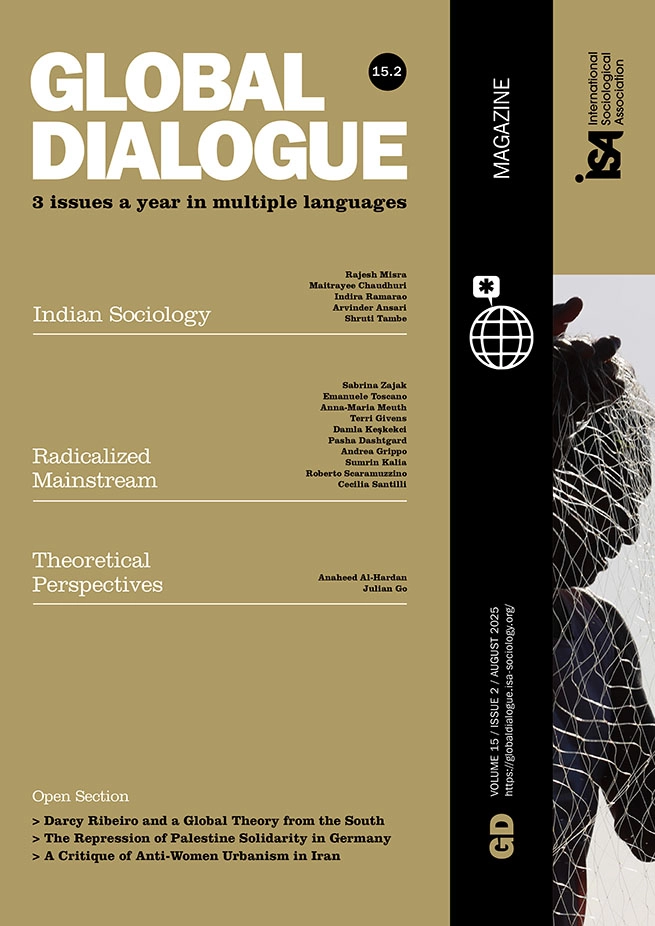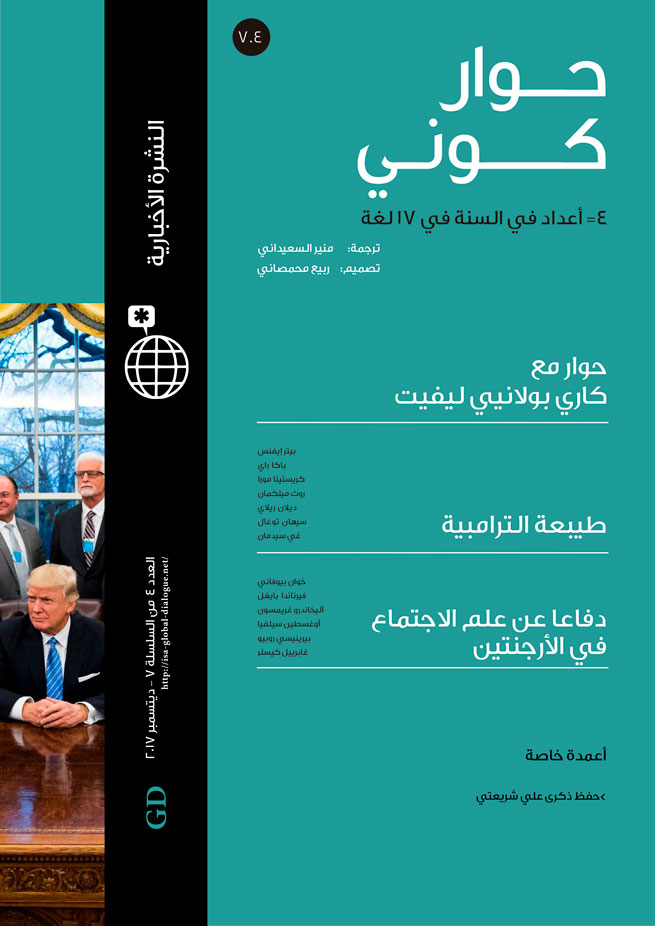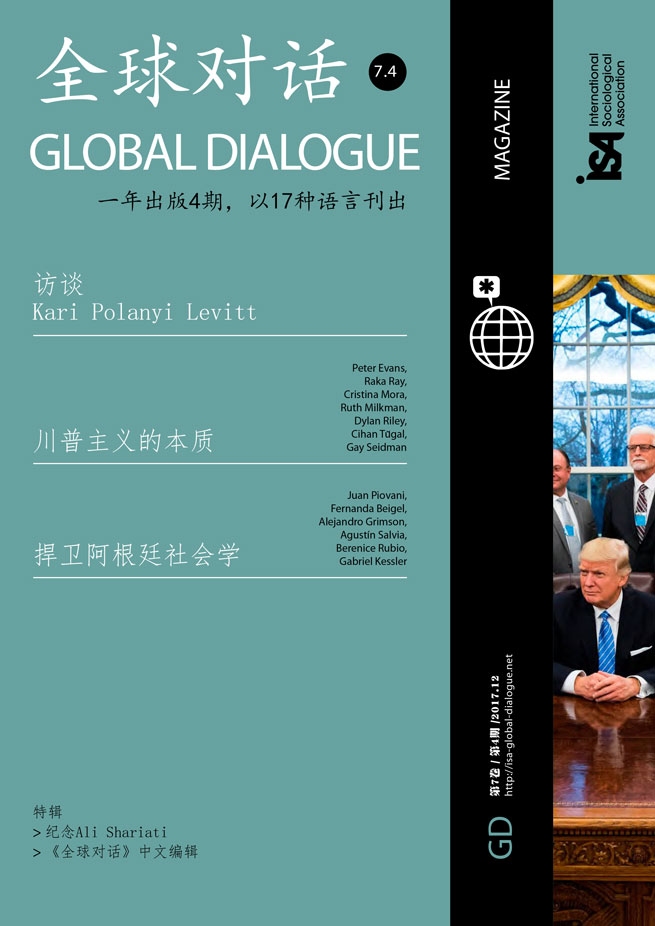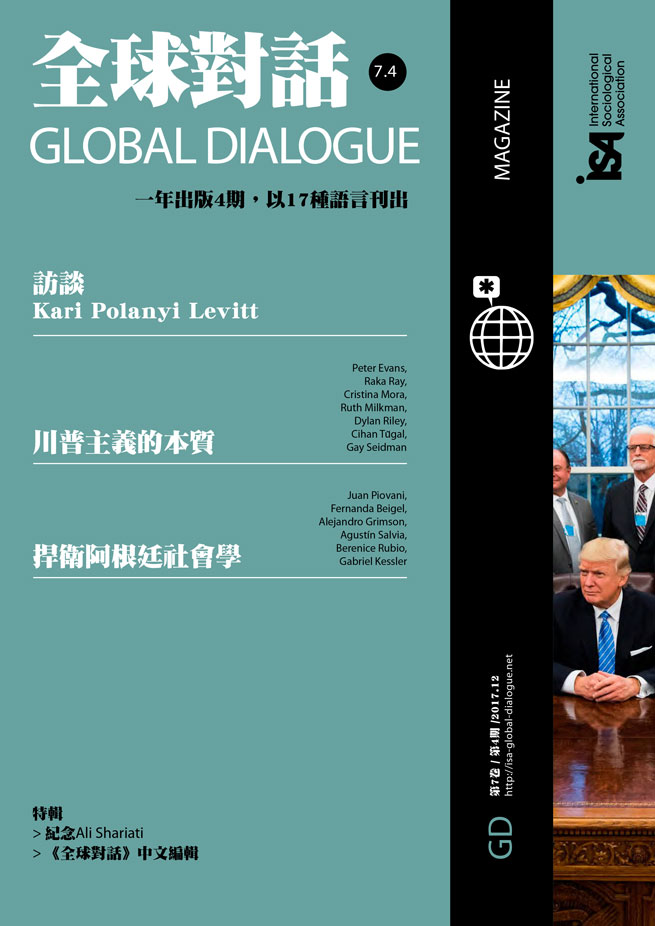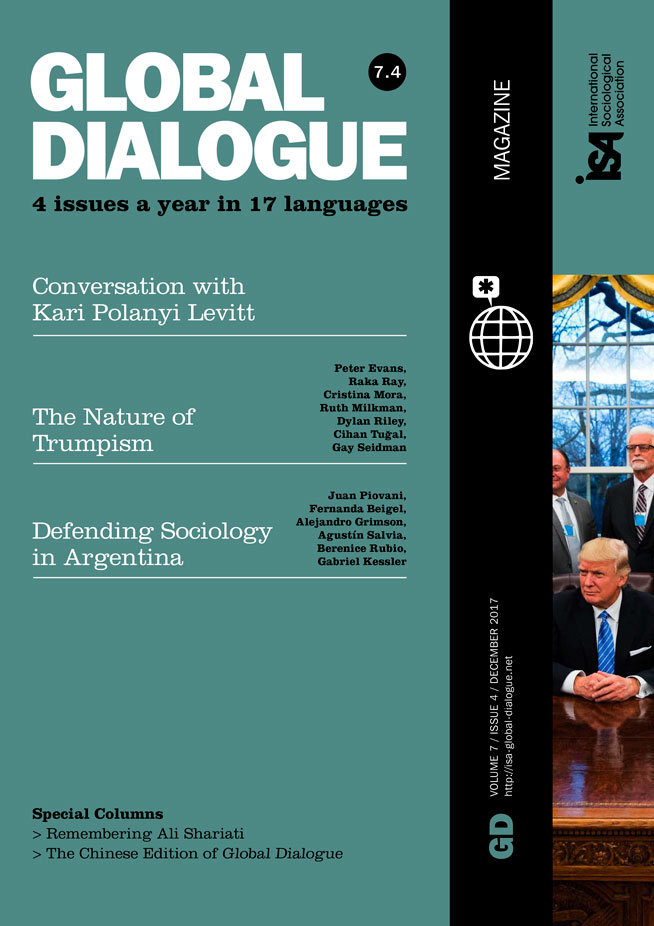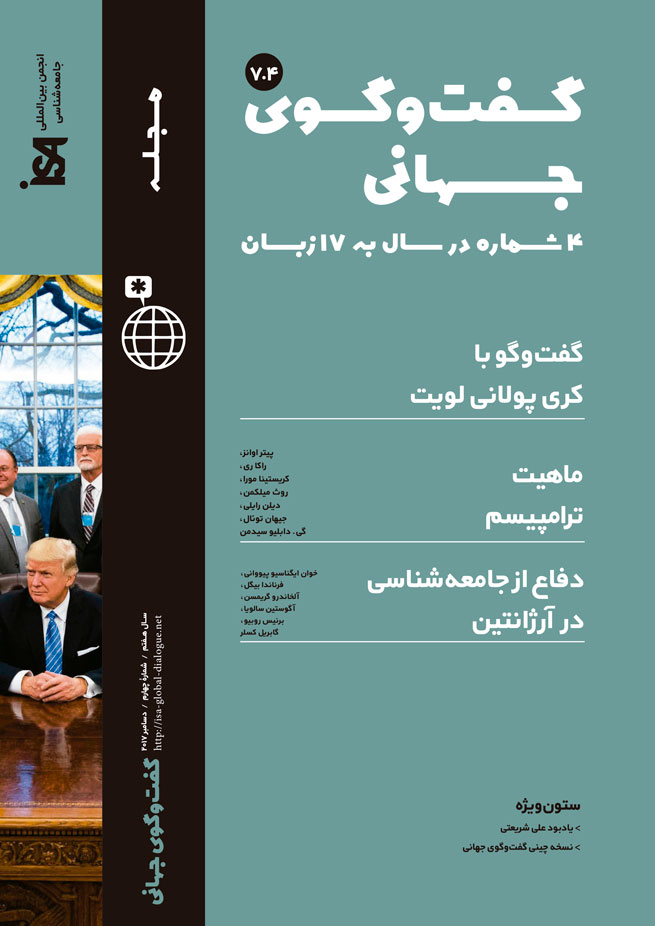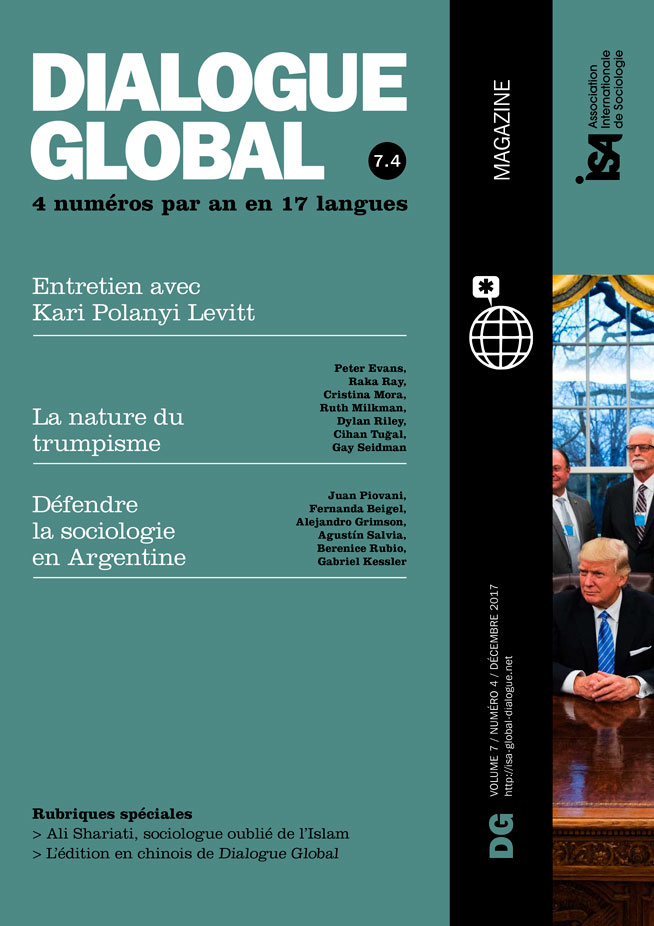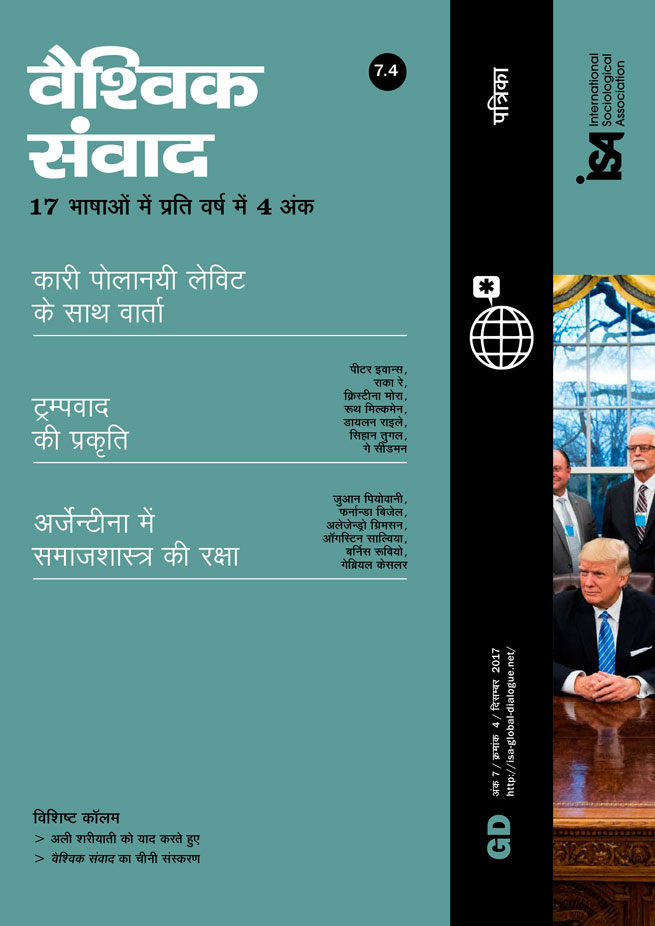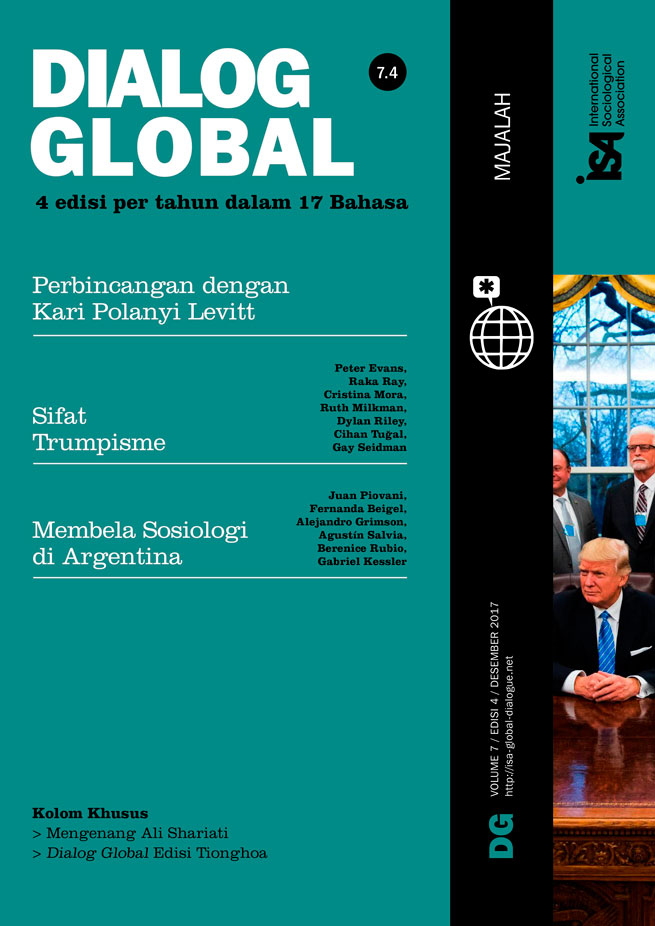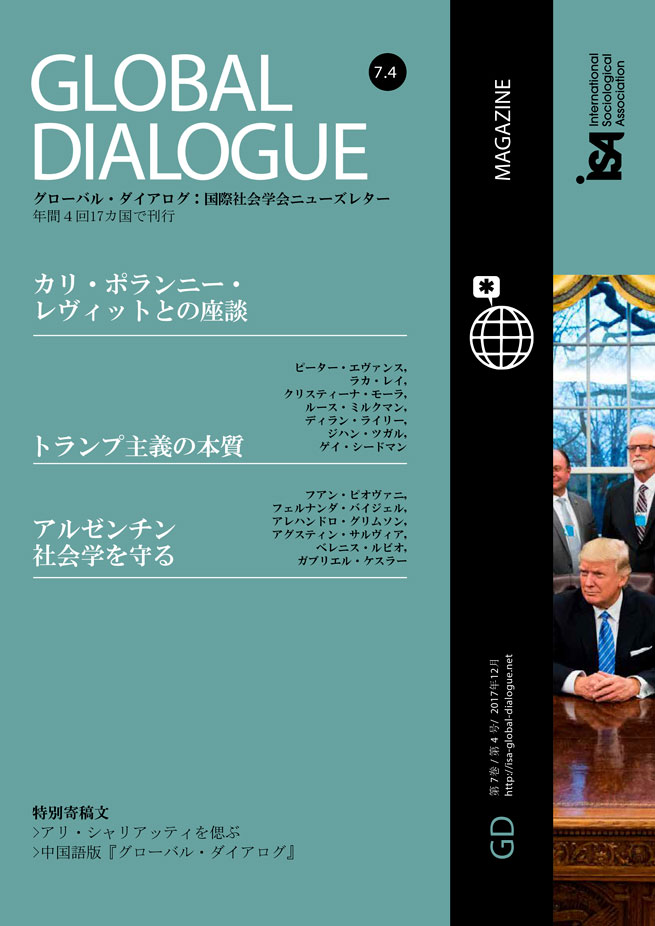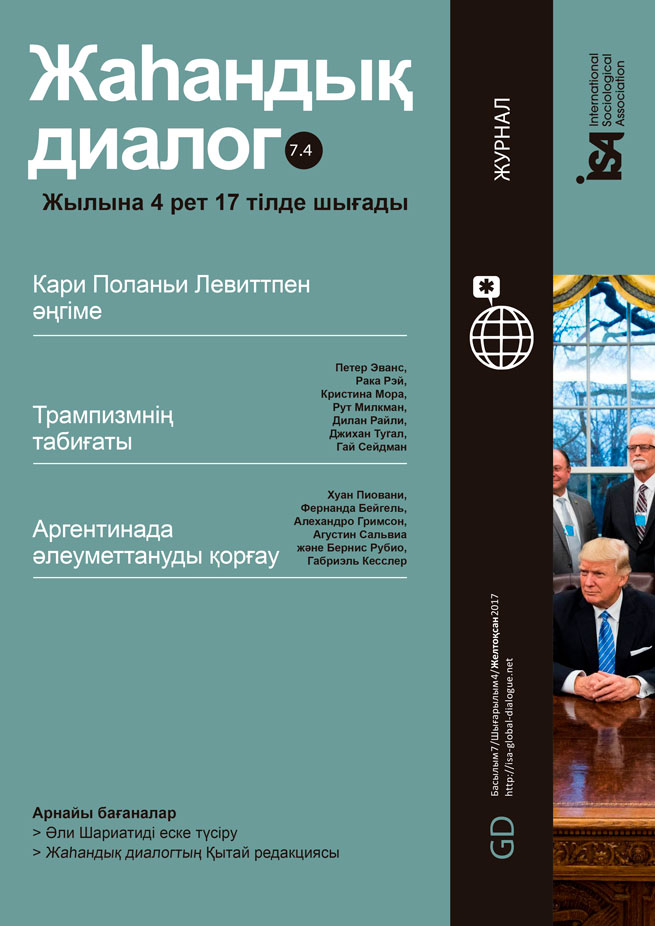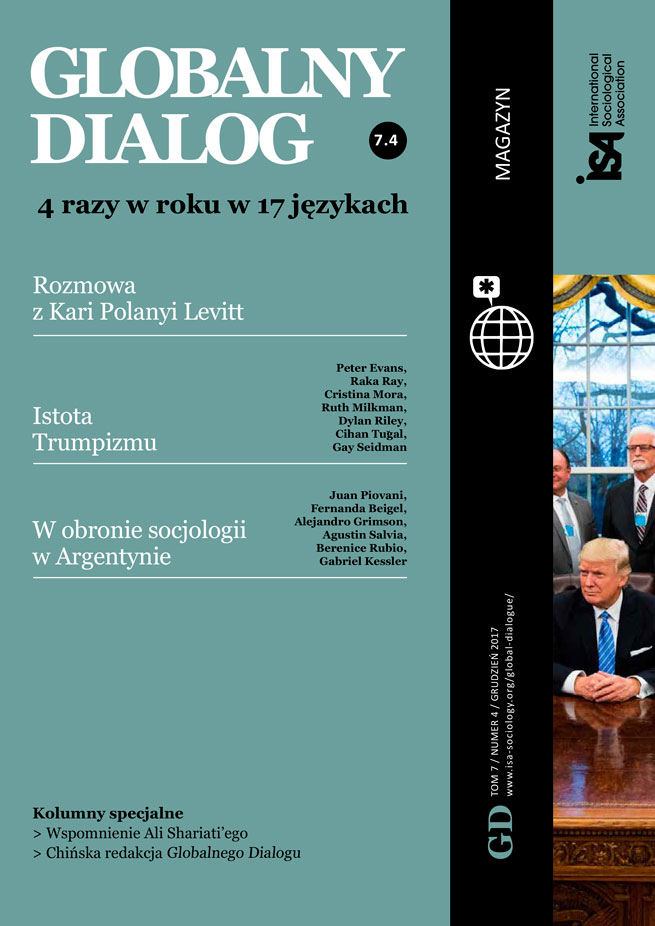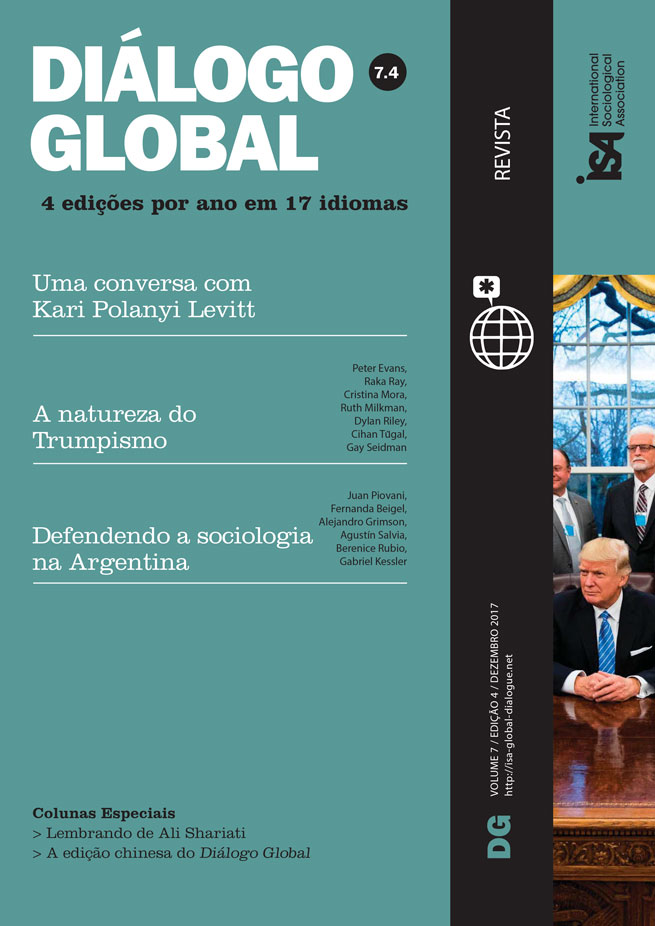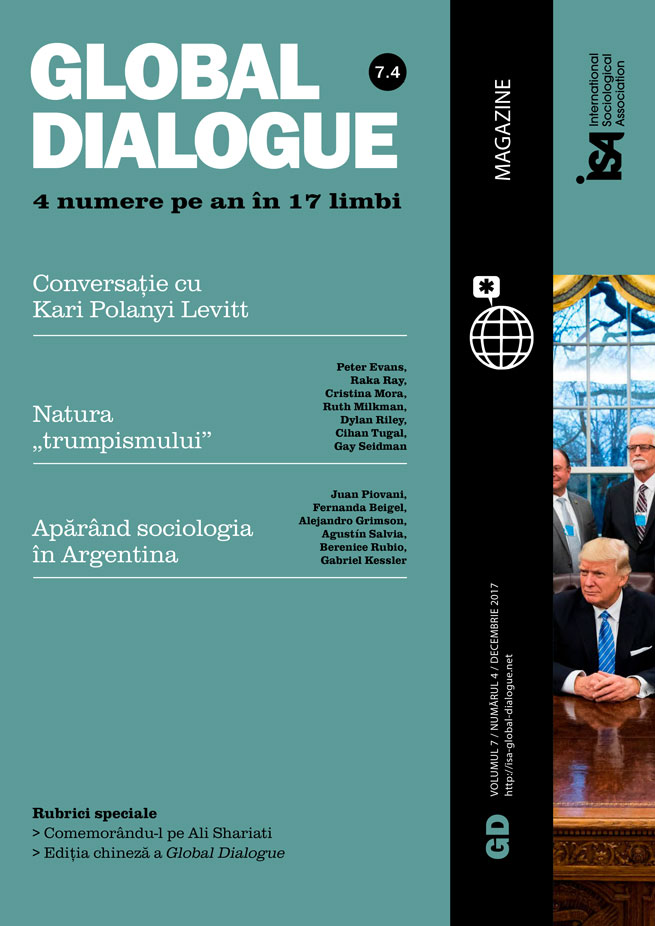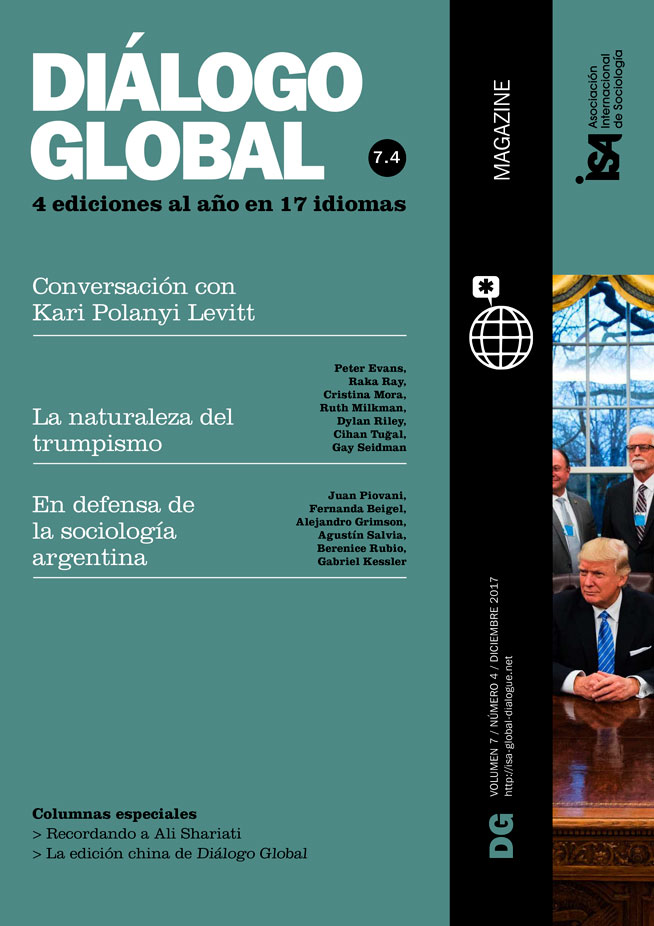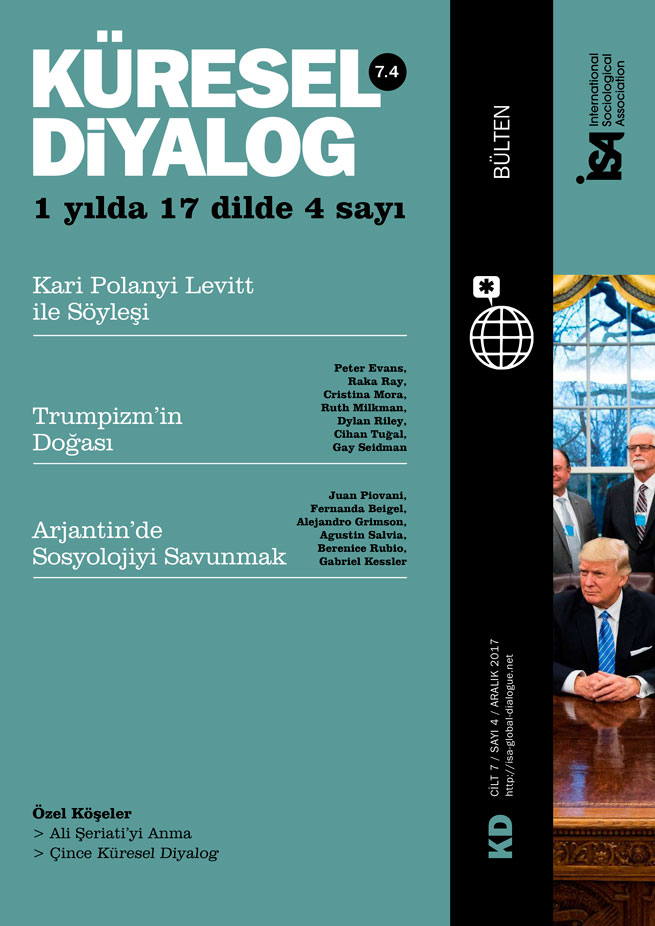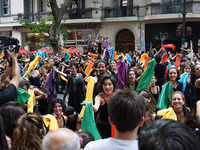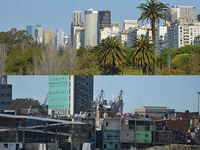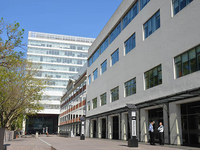Social and Cultural Diversity in Argentina
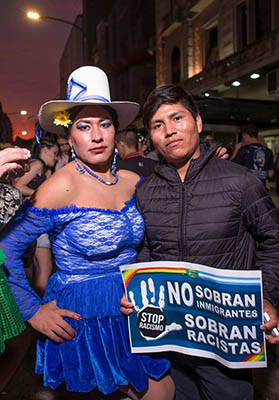
October 28, 2017
Every nation is more heterogeneous in socio-cultural matters than its self-image usually suggests, but Argentina is perhaps an extreme case. Most Argentinians believe that Brazil contains more indigenous people than Argentina does; but in fact, according to the 2010 National Census, whereas Brazil included 850,000 persons who identified themselves as indigenous, Argentina included 950,000 self-identified indigenous citizens – figures that represent 0.4% of the Brazilian population versus 2.4% of the Argentine population.
In Argentina, the state has constructed a self-image of a European society in South America, as if the whole country (the eighth largest on earth) were a replica of downtown Buenos Aires. But in recent decades, this picture has been in crisis. The demands of indigenous movements, new cosmopolitanisms, the state’s weakness and its gradual acceptance of less homogenizing perspectives have coincided with broadening research in social sciences which challenges the country’s typical self-image, as European, white and geographically centralist. But researchers have also avoided trying to squeeze that diversity into global models associated with neoliberal multiculturalism.
The traditional account: Europeanism and the melting pot
The narrative describing Argentina as a “melting pot” stems from the state’s nationalist project. According to this account, Argentines “disembarked from ships” (Spanish, Italian, Polish, etc.) – a vision that limits to, and naturalizes, a prevailing white European character of the population. This is complemented by an apparent absence of indigenous and Afro-descendant peoples, as part of a hegemonic view linked to the country’s spatial organization, privileging a centralist and “porteño” (Buenos Aires resident) standpoint.
As in Brazil, Argentina’s supposed melting pot does not include indigenous peoples and Afro-Argentinians, but only “races” stemming from European nationalities. Since the late nineteenth century, the Argentine state aimed to create a “civilized” nation by promoting immigration and economic progress, and developing public education. This project relied upon the hypothetical capability of the European immigration to supplant the native population’s cultural habits – seen, from the dominant perspective, as a major obstacle to development.
The government’s pressure to construct an ethnically-defined nation with a homogeneous culture, along with an effective ability to generate social inclusion, meant that every variation or particularity was seen as negative – or, directly, pushed into invisibility. As long as that homogenizing project was successful, ethnicity was a forbidden political theme, strongly discouraged by institutions.
Thus Argentina developed on the basis of a pact providing two totally different meanings to “equality”: the avoidance or invisibilization of all ethnic difference, and cultural uniformity as a precondition to access the promises of citizenship.
Through this pact, every Argentine able to join the elites or the urban middle classes was “whitened”; anybody could eventually escape discrimination. However, an essential division excluded large groups of workers and popular sections, considering them poor, “negros,” barbarians and “internal migrants” – especially when they took part in large political events. The opposite of this barbarism was civilization, considered to be Argentine, white, European, educated.
About 56% of the current population has some indigenous ancestry, though this does not mean that they identify today as indigenous. Argentina long denied miscegenation, along with the indigenous presence and the territorial, religious and linguistic heterogeneities, and much of Argentina’s political history stems from that historical matrix of standardization and exclusion.
Argentina’s civilizing model was intensely binary, and Argentina’s dichotomous social self-image has remained so strong that it continues to pervade the country’s “habits of the heart,” including politics. White or black; civilization or barbarism; capital city or provinces; peronistas (supporters of the Peronist Party) or antiperonistas.
Racism and classism
Argentina is a case of “racism without racists.” According to an old myth: “In Argentina there is no racism… because there are no ‘negros’.” Although there are very few people of African descent, the expressions “negro” or “negro de alma” (black soul) are often used to refer, dismissively, to the poor, to shantytowns residents, to unionized workers, street protesters, Boca Juniors football team fans or peronistas.
Nevertheless, no political party gained votes through an openly racist or xenophobic campaign. Argentines are not all racists, nor are all racist attitudes identical; racism against immigrants from neighboring countries differs from racism against darker migrants from the provinces (“el interior”), against Afro-descendants (particularly newly-arrived from Senegal), or against Asian immigrants and other groups. Moreover, racism often intersects with classism, with the expression “negro” often serving as a synonym for “poor.”
Social studies show that even though racism and classism tend to be concentrated in areas dominated by white people with high living standards, these attitudes are frequently incorporated into the language of the popular classes. Worse, the word “negro” is also used in everyday life to express closeness and affection, between friends, children and parents, or couples. “Che, negro” is a loving expression used informally when addressing a dear friend.
Regional, linguistic and religious heterogeneities
Argentine society is deeply heterogeneous in beliefs, practices, rituals and identifications. However, the prescriptive and hegemonic culture of uniformity not only ignores the reality of the country’s different regional and provincial situations, but also downplays any socio-cultural productions – artistic and scientific – which question apparent homogeneity.
Argentina’s self-identification is strongly based on the idea of being both Spanish-speaking and Catholic. The reality, however, is more complex. Indigenous languages like Kichwa and Guarani are spoken in some provinces, Chinese and Korean were introduced by migrants and gained visibility from the 1980s, and different influences – particularly due to extensive Spanish and Italian immigration – have left traces in the varied ways in which Spanish is spoken across the country, with different wording, idiomatic expressions, accents, and so on. Religious diversity is similarly complex; while many indigenous peoples experienced conversion to Christianity, some indigenous beliefs continue to shape identities, while many Argentinians today practice Judaism, various Protestant faiths, Afro-Brazilian religions, Islam, Buddhism and Spiritism.
Socio-cultural diversity and Argentina’s future
Unless Argentines begin to pay more attention to their country’s diversity, the critical stages that any country may go through – which seem cyclical in Argentina – could breed discriminatory speeches and practices, translating differences into a hierarchy of morality, prestige and rights. Over decades it was assumed that the only correct pronunciation was that of Buenos Aires, while all the other accents were considered marks of inferiority.
Today, as a country of immigrants, Argentinians welcome “new immigrants” for work, but reject them in everyday social interactions. These “new immigrants” are hardly “new”: the main focus of discrimination has been people coming from bordering countries, like Bolivia and Paraguay, whose presence has been stable in Argentina from the national census of 1869 onwards: never less than 2% and never more than 3.1% of the population. The Argentine children of these immigrants are frequently treated as Bolivian – a word that is also commonly used to refer to migrants from the northwest, and even to poor people in general.
This phenomenon has expanded rapidly since the 1990s, when unemployment grew first to 15%, later reaching 23%. These ideas about immigrants who come to “steal jobs” are well known in many societies, but Argentina is atypical: the economic crisis of 2002 abruptly reduced xenophobia, and in fact, in 2004 a law strengthening immigrants’ rights was unanimously passed. Research suggests that hardcore racism and classism linger, generating a form of social racism but with no xenophobic political expressions.
Nevertheless, every time unemployment rises during a recession, discriminatory speeches tend to gain influence and relevance in public spaces. So long as diversity only destabilizes Argentina’s traditional self-image as European but does not replace it with a more democratic, inclusive and intercultural view, racial and class injustices will persist.
Alejandro Grimson, National University of San Martin, Argentina <alegrimson@gmail.com>
